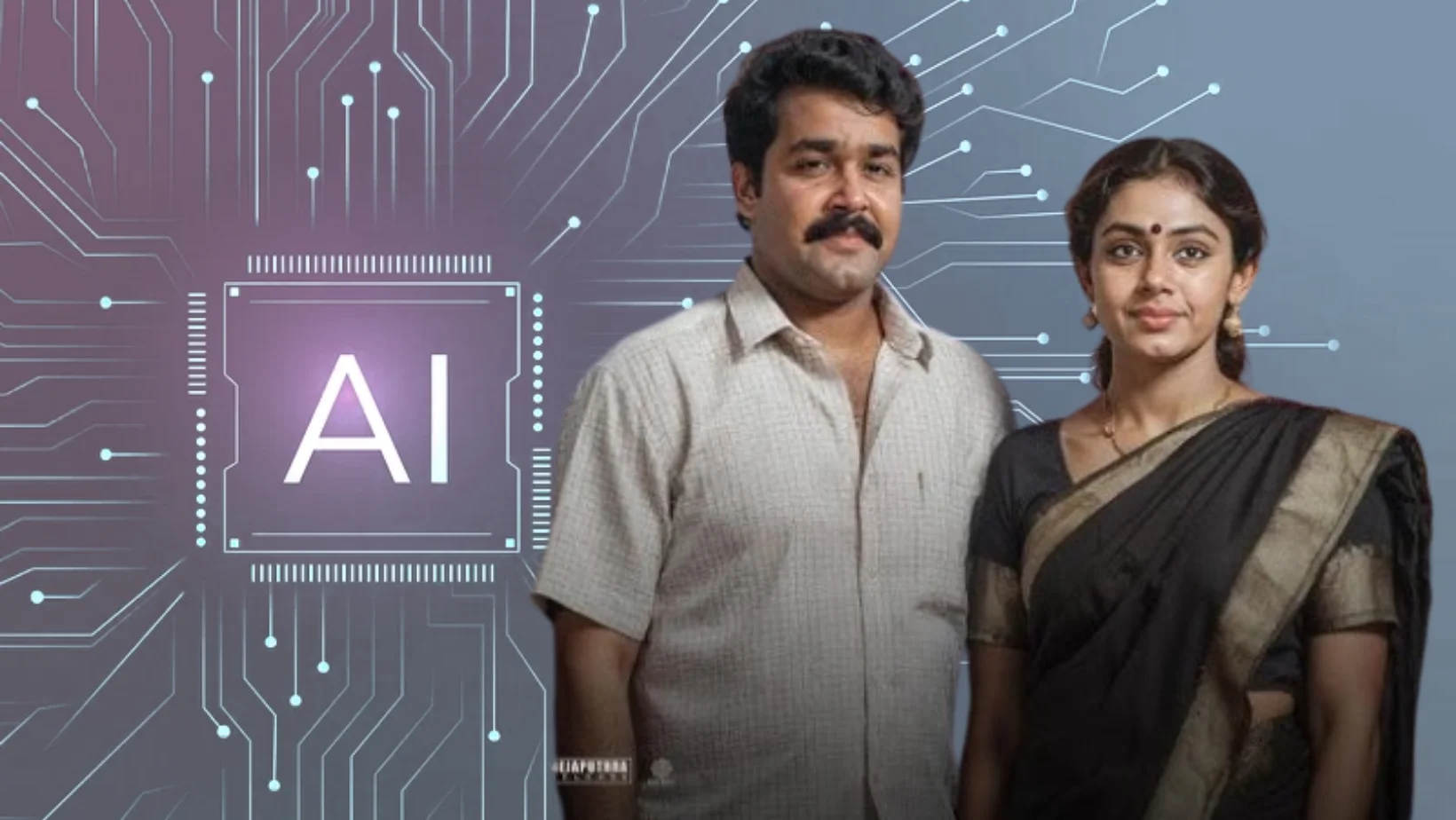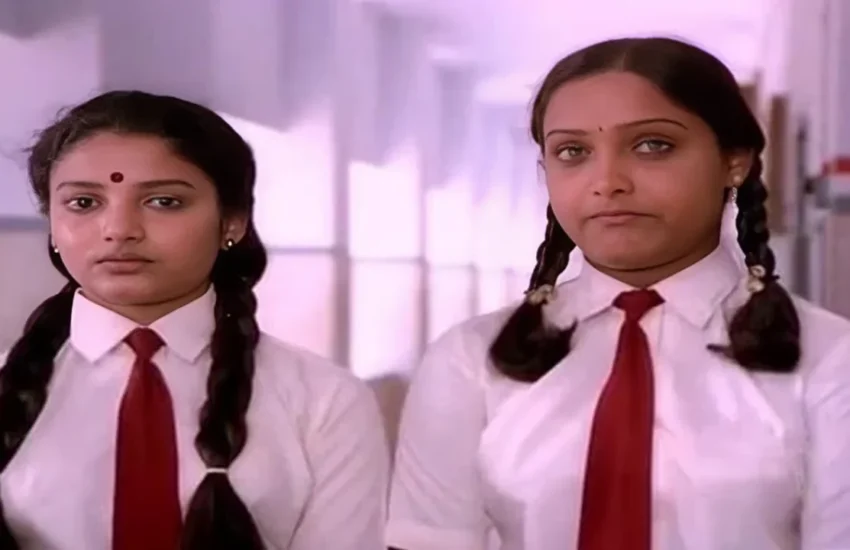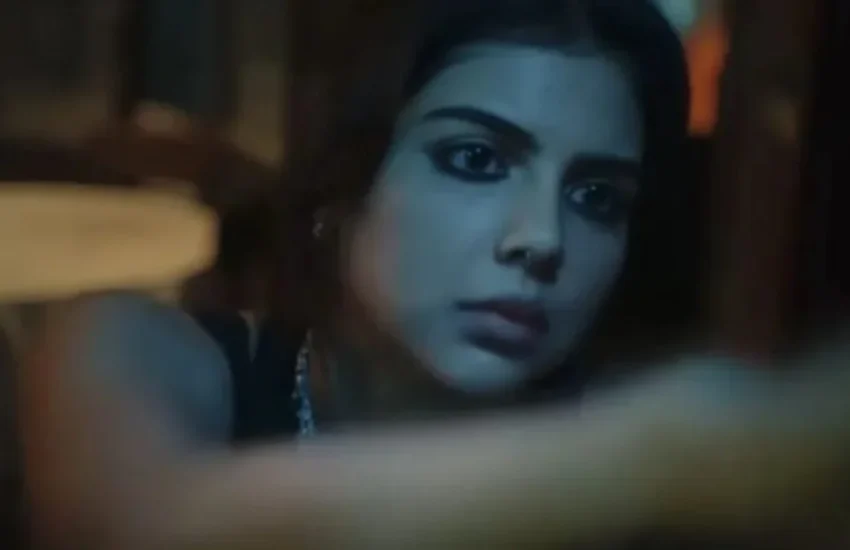How AI is Quietly Reshaping Indian Cinema
You’ve probably seen that AI-generated poster of Malayalam movie Thudarum doing the rounds—Mohanlal and Shobhana, looking like they’ve stepped out of a dream. But the poster sparked a different kind of curiosity: just how far is AI from becoming a real part of the filmmaking process?
Spoiler: it’s already here. And it’s not just about fan art or face-swapping tools.
Globally, AI has already started playing a serious supporting role in cinema—de-aging actors (The Irishman), bringing back legacy characters (Star Wars), helping with script drafts, storyboarding, and even editing. Studios in South Korea and China are experimenting with AI-powered dubbing and marketing strategies. It’s efficient, scalable, and often surprisingly seamless.
But what about India?
What AI Could Mean for Indian Filmmaking
We’re still in the early stages—but that’s where the excitement lies. The possibilities are huge, especially in a multilingual, culturally rich industry like ours. Here are just a few areas where AI could make a real difference:
1. AI Dubbing Across Languages
India makes movies in over 20 languages. Traditionally, dubbing is time-consuming, expensive, and often lacks emotional sync. With AI-powered voice cloning and lip-syncing, a film shot in Malayalam could be released in Hindi, Tamil, or Bengali without re-recording or major editing. We’ve already seen this in action—Amitabh Bachchan’s voice in Vettaiyan was dubbed using AI to match his iconic tone in the Tamil language.
2. Better VFX & CGI at Lower Costs

AI can accelerate and simplify visual effects pipelines. Imagine indie sci-fi films that don’t need Marvel-sized budgets but still look stunning. Case in point: Gaganachari, a Malayalam indie movie, used AI tools to create visual imagery that added depth to its futuristic world. For small teams with big dreams, AI levels the playing field.
3. AI-Guided Drones & Cinematography Tools
Precision camera work with AI-guided drones could give cinematographers more flexibility, tracking shots, automated angle adjustments, and smoother movements. It could open doors to new visual styles and production efficiencies, especially in high-action or outdoor scenes.
4. Faster, Smarter Subtitling
Subtitling isn’t just about translation—it’s about tone, emotion, and context. AI can help generate more culturally aware subtitles, improving the viewing experience for both Indian and global audiences.
5. Predicting Box Office Success
Imagine feeding trailer engagement, pre-booking data, and past performance into an AI model that helps studios forecast opening numbers or identify the right cities for promotional tours. It sounds futuristic, but it’s already in the testing phase at major studios around the world.
6. Targeted Marketing, Made Smarter
AI could personalize trailers, social ads, and promotional content based on audience data—showing different versions to Gen Z on Instagram and family audiences on YouTube. It’s not just efficient, it’s incredibly strategic.
The Challenges: Walking the Tightrope Between Tech and Soul
As AI slowly enters the Indian filmmaking space, there’s excitement—but also hesitation. The reason? The same tech that promises efficiency can also blur ethical lines.
Just two years ago, Hollywood came to a halt. Writers and actors went on strike, demanding protections from the rising influence of AI—concerns ranged from studios using AI to recreate actors’ likenesses without consent to scripts being churned out by machines instead of storytellers. It wasn’t a subplot; it was the main story. The strikes highlighted a growing anxiety in creative communities across the world: What happens when creativity becomes code?
Even at the Oscars, AI wasn’t sidelined. Two award-winning films proudly spoke about how they integrated AI in their creative process—proving that the genie is out of the bottle, and there’s no putting it back.
In India, while the adoption is still early, the ethical and creative dilemmas remain just as relevant:
- If AI starts writing screenplays or dubbing actors’ voices, where does that leave real writers or voice artists?
- If AI can predict what “works” at the box office, does it mean more formulaic, data-driven storytelling and fewer risks?
- Can AI ever replicate the emotional nuances of human direction, performance, or writing?
At its best, AI should be a creative partner—not a replacement. Filmmakers have the chance to use it as a tool to enhance stories, not erase their soul. The challenge lies in drawing that line—and defending it.
The Road Ahead
We’re not heading toward a future where AI replaces storytellers. But we are heading into a space where storytellers who understand AI will have a serious edge—faster production cycles, smarter distribution, and the freedom to experiment without burning a hole in the budget.
In the hands of a good director or writer, AI isn’t the star. It’s just another crew member—quiet, efficient, and incredibly powerful.
And in a country as diverse and dynamic as India, that’s a pretty exciting place to be.

I can’t stop talking about films, so I blog!
I started The FourthWall, my film blog, to share my thoughts on films and shows with fellow movie buffs, and over the years it has become my happy place. Come join in for some interesting conversations on cinema… and sometimes books and fashion!








